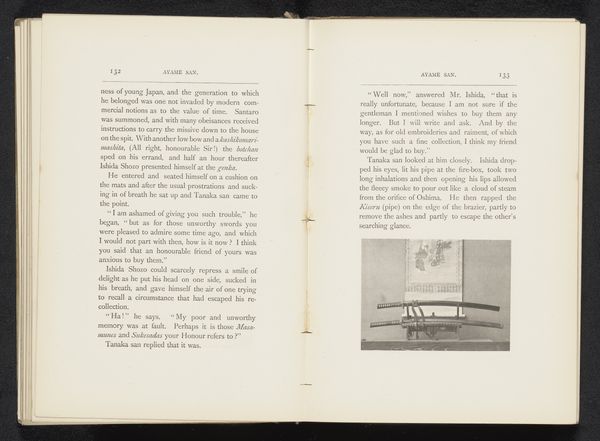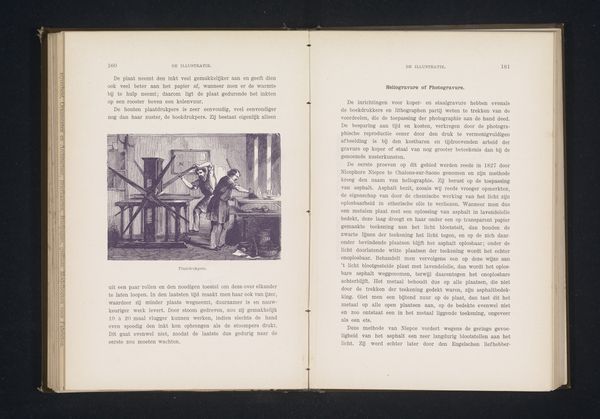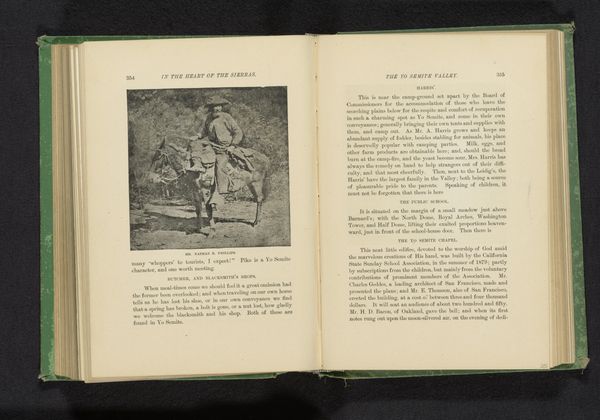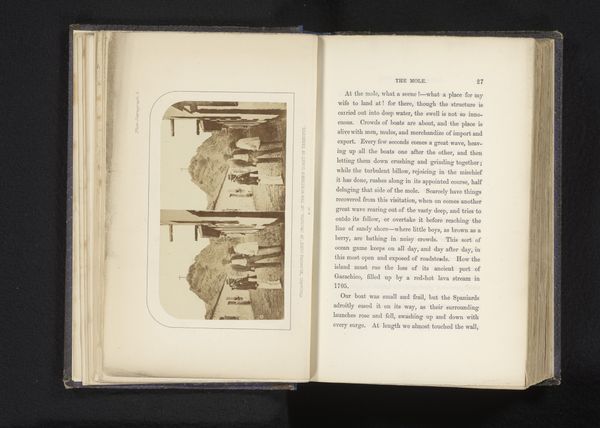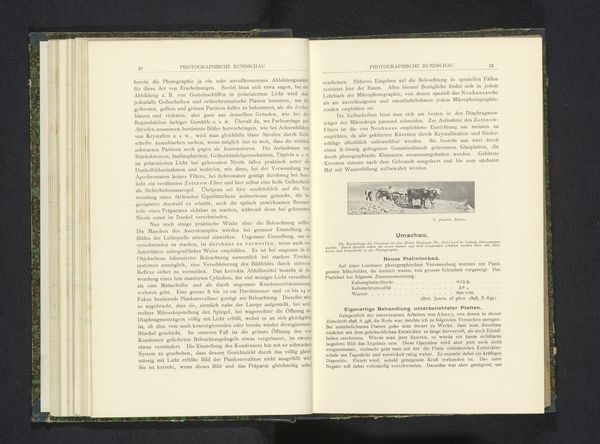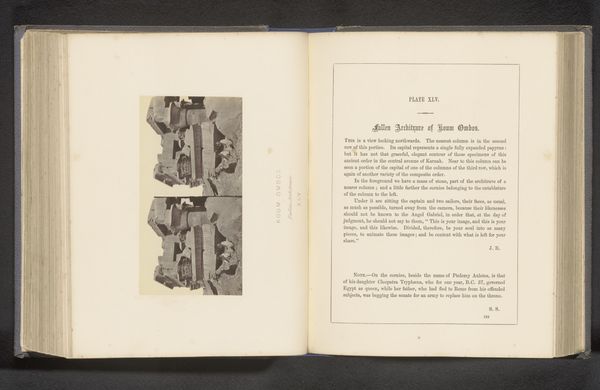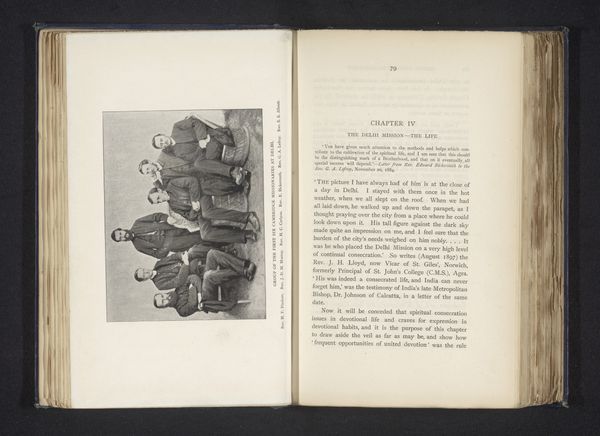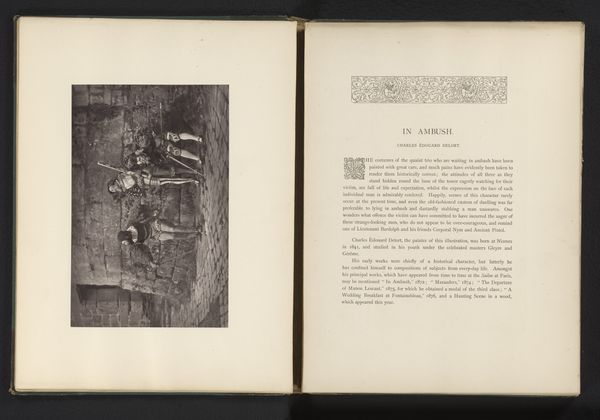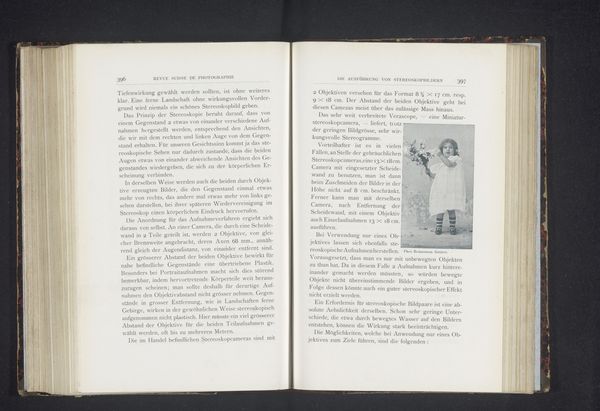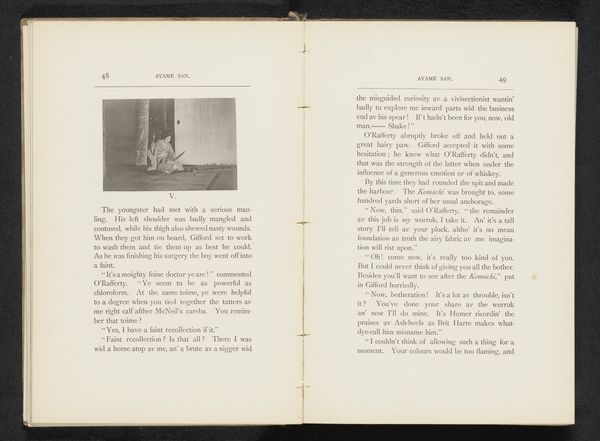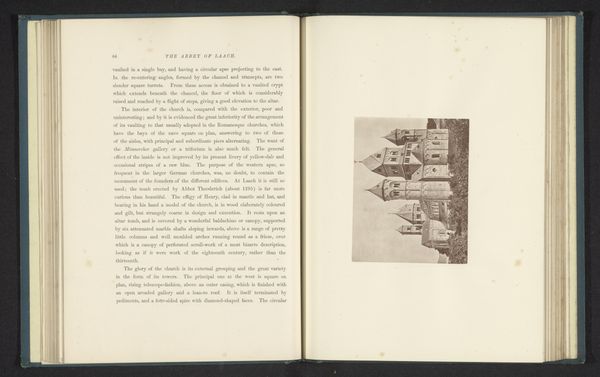
Reproductie van een gravure van een roerbak voor papierproductie before 1892
0:00
0:00
graphic-art, print, engraving
#
graphic-art
# print
#
history-painting
#
engraving
Dimensions: height 76 mm, width 99 mm
Copyright: Rijks Museum: Open Domain
Editor: I’m looking at "Reproductie van een gravure van een roerbak voor papierproductie," a print made before 1892. It shows what looks like a machine for paper production, an engraving with incredible detail. The overall mood is technical, almost like a blueprint. What strikes you most about this piece? Curator: Given its historical context, I see this engraving not just as a technical diagram but as a document of industrial progress. Notice how the artist meticulously depicts the machine, suggesting its importance in a rapidly changing society. It reveals a moment when technology was transforming traditional crafts. How might this image have shaped public perception of industrialization at the time? Editor: I hadn’t considered its impact on public perception. Maybe it fostered a sense of awe and progress, or perhaps anxiety about automation replacing human labor. Curator: Exactly! And think about where this image would have been encountered – probably in a book or publication aimed at a specific audience. Who would have been looking at this, and what messages about labor and progress might they have taken away? The politics of imagery extend even to technical illustrations. Editor: So, understanding its purpose and circulation gives it a whole new layer of meaning. It’s not just about the machine; it's about its social and cultural impact. Curator: Precisely. We can also look at who created this image. Who commissioned it and what agenda were they forwarding? Images are rarely neutral, and in this instance, someone wanted it reproduced to be included in what looks like an information booklet, suggesting it played a crucial part in an industrialised Europe. Editor: This really opens my eyes. It's more than just a historical record; it’s a carefully constructed piece of rhetoric. Curator: Indeed. Even seemingly objective illustrations can be powerful tools in shaping opinions. Analyzing their social function can reveal fascinating insights. Editor: Thanks, seeing it as a persuasive piece rather than a simple diagram really changes my perspective. Curator: My pleasure! It's through this kind of historical analysis that we can truly appreciate the complexity of visual culture.
Comments
No comments
Be the first to comment and join the conversation on the ultimate creative platform.

